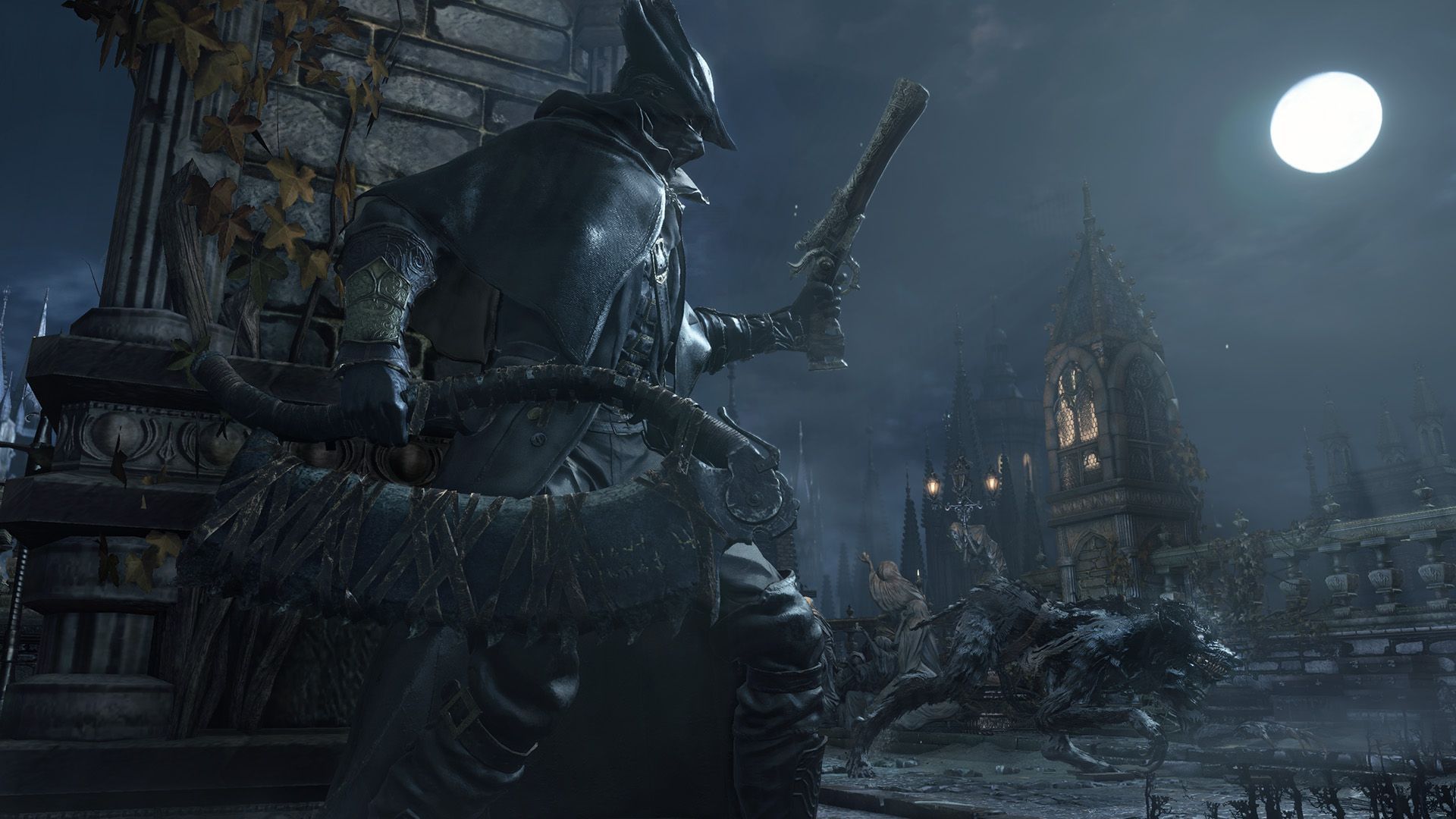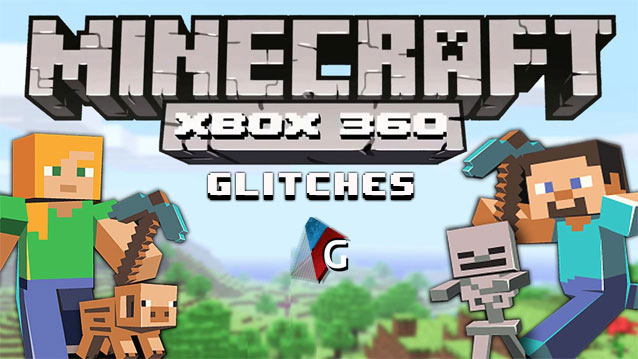

Bloodborne, a new successor to From Software's Demon's Souls and Dark Souls, comes to PlayStation 4 this week. Directed by Souls series creator Hidetaka Miyazaki, Bloodborne blends concepts from previous Souls games while managing to carve out its own distinct space. Like its predecessors, it's notoriously difficult and mysterious. It's a Souls-like game, but will likely challenge players' preconceptions of that series.
For the better part of the past week, I've played Bloodborne solo. Without much help from the community that previously helped players and complemented the Souls experience so well, I've struggled against some of the game's impenetrability. Bloodborne is a tough game and introduces a few new concepts that often aren't immediately obvious to the player, so here are a few things I wish I'd had explained to me early on.
I've done my best to avoid spoilers, but if you're looking for 100 percent raw, uncut game mechanic discovery, I do explain some things you might uncover on your own.
Questions? Put them in the comments and I'll do my best to answer them.
Polygon Video: How to pick an origin and starting weapon in Bloodborne
Even if you've never played Demon's Souls or Dark Souls, you've still likely heard that these games can be incredibly challenging. Bloodborne is similarly tough, but (for the most part) fair. I've played Demon's Souls and Dark Souls extensively, with different characters through multiple play-throughs. But I still found Bloodborne to be hard enough that I've considered very seriously snapping my DualShock 4 in half and whipping those broken pieces against a wall.
From Software's games, from Demon's Souls to Bloodborne, are designed to be difficult, esoteric and frequently perplexing. There is little in the way of a tutorial, and item descriptions can be vague at best. Everyone in the game, from the NPCs you encounter to whoever wrote the game's UI descriptions, kind of assumes you know what you've gotten yourself into. Bloodborne, like its predecessors, can be deliberately obtuse.
But there's help! You can get assistance from other players by summoning them to your world to help you out. There is already a passionate community picking apart the game and contributing to its wikis.
I found Bloodborne's starting area to be immensely difficult; it took hours before I was able to defeat the game's first major boss. But with practice and perseverance, I managed to make it through. You can too, if you're willing to put in the work and maybe unlearn a few things AAA games have taught you over the years.


Bloodborne plays like a Souls game in a lot of familiar ways. But some players might be surprised at how sharply it deviates from that series' conventions.
There is really no magic to speak of in Bloodborne, so if you were a heavy magic user in Demon's Souls and Dark Souls, you'll need to quickly brush up on your melee combat. There's also little in the way of effective ranged weapons. Yes, about a third of the game's arsenal consists of pistols, shotguns, rifles and even a cannon, but these firearms aren't heavy damage-dealers. You can't cheese big enemies with poison arrows from 100 yards away anymore.
Bloodborne all-but eliminates the shield, an indispensable defensive measure for many Souls players. (There is at least one shield in the game, but it feels like it was included as a cruel joke.) Without a shield, you'll need to stay on offense. Fortunately, the game equips you with some solid tools with which to be effective while being aggressive.
Bloodborne has a hub, called the Hunter's Dream, that's a lot like the Nexus from Demon's Souls. Players can return to the Hunter's Dream to upgrade their character and weapons, buy items from vendors and travel to other regions. There's no bonfire-to-bonfire warping, as in Dark Souls. You'll need to head back to the hub to get around.
Other items, concepts and mechanics introduced in Demon's Souls, and later expanded in Dark Souls, have been either rethought or stripped out altogether.
One change that many longtime fans of Souls games will notice is in Bloodborne's combat dynamics. In short, if you were adept at parrying and riposting in Souls games, you're going to love Bloodborne.


Bloodborne's combat is primarily focused on hand-to-hand, up-close-and-personal melee combat. The standard setup puts a firearm in your character's left hand and a melee weapon — often a transforming blade or club called a Trick Weapon — in its right.
Firearms aren't very effective at dealing much damage. They also carry very limited ammo. However, they're fantastic at setting up deadly Visceral Attacks. To pull off a Visceral Attack, you need to shoot an enemy in the middle of its attack animation, sometimes within a very short window of that animation. Fire at just the right time, and you'll stagger your opponent, leaving it wide open to Bloodborne's equivalent of a riposte.
I don't think I can stress just how important it is learn how to use Bloodborne's firearms appropriately. Staggering your opponent is crucial to winning battles in Bloodborne, far more so than the parry-riposte of Souls games. It's a risky move, but not quite as risky as it was in Souls titles, thanks to the Regain system.
Regain lets you recover some of your character's health in the moments just after you've taken damage. If you've been hit and lost some health, a portion (and sometimes the full amount) of your life meter can be regained if you immediately strike back. This is represented with a pinkish-orange glow that surrounds your character as it retaliates. Regain is super important in keeping your character alive and in good health, so don't back up if you've been hit — stay aggressive.
One more thing: You can also sometimes stagger opponents by charging up your heavy attack. That's a great way to take down stronger enemies from behind.
Trick Weapons give the player a good variety of combat options. I started with the Saw Blade, which afforded me fast, powerful strikes up close with its compact form, and extra range in its extended form. Other Trick Weapons include one-handed swords that can transform into a heavy hammer or a two-handed great sword. One weapon I found and later stuck with was the Tonitrus, an electrified club that doesn't transform, but can be powered up for a stronger electrical attack. Through a series of weapon upgrades, it served me well throughout the game.


You'll be able to strengthen your weapons in Bloodborne in a workshop at your hub. Using Bloodstones, you'll be able to increase the damage and effectiveness of your swords, axes, clubs and firearms. The workshop is also where you repair damaged and broken weapons, and it appears that's the only place where you can fix them. I haven't found any consumable items that repair durability.
In that same workshop, you'll also be able to add Blood Gems to your weapons after they've been upgraded. You'll need to find the Blood Gem Workshop Tool first, which you should be able to acquire after beating a couple bosses. Blood Gems add effects to your weapons, increasing their damage and adding elemental effects like fire, electrical bolts and poison. Don't worry: you can swap Blood Gems in and out of weapons back at the workshop whenever you want.
Next to the workshop, at a nearby altar, is where you'll apply Caryll Runes to your character. They're the closest thing Bloodborne has to rings and you'll need to find the Rune Workshop Tool to apply them to your character. Again, you should be able to get this after you beat a couple bosses, so don't play for 15 hours before finally tracking it down like I did. With Caryll Runes, you can give your character more hit points, better resistances, more stamina and other perks. This is also where you'll apply Oath Memory to your character, Bloodborne's version of Covenants.
There's a stat called Insight that does a few things. You'll acquire Insight points by meeting certain characters and defeating bosses. You can also manually add Insight by consuming an item called Madman's Knowledge.
Insight can be spent at one of the vendors in the Hunter's Dream. Some items appear to be exclusive to the Insight Shop. Insight is also spent to initiate a cooperative multiplayer session. You'll need to ring the Beckoning Bell to search for other players to play co-op with you and doing so will cost you Insight.
Bells used in multiplayer are available for purchase in the Insight Shop, which is just outside the workshop.
Insight affects another attribute in Bloodborne. The higher your Insight, the more susceptible you are to Frenzy, a new status effect that can cause serious damage and can only be cured with an item called sedative.
Here's a quick breakdown of a few consumable items and their nearest equivalents in Demon's Souls and Dark Souls.


Finally, make sure to explore and talk to as many characters as possible, particularly those behind lighted windows and with candles burning outside their doors. And trust your instincts when it comes to NPCs.
Good luck, Hunter.
Polygon Video: First hour of Bloodborne gameplay (no commentary)



